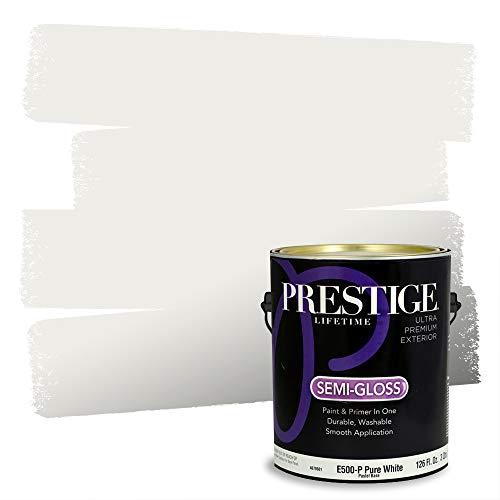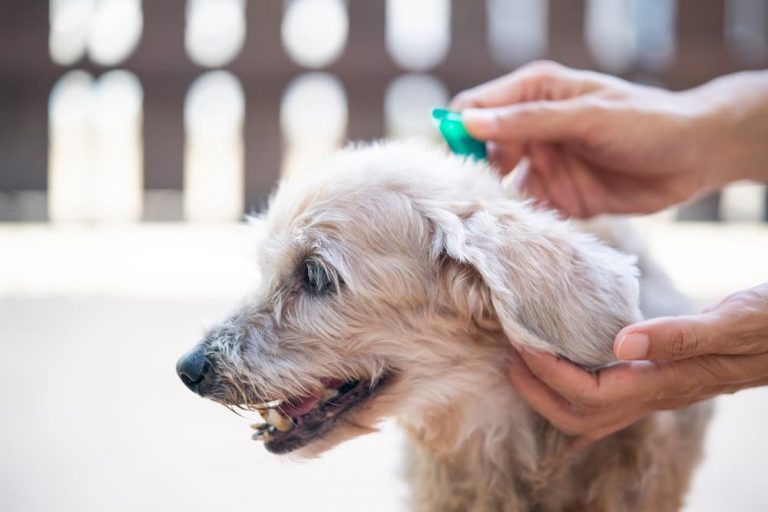The Best Exterior Wood Primer: 2024 List
Gretchen Rubin Apr 24, 2024 12:05 AM
What is a primer for the exterior of a building? Is it worth it to spend money on them? How might it enhance my artwork? There are so many unanswered questions! Ahh!
Keep your cool! To be fair, if you've never heard of a primer, you're probably new to the game. Let's begin by stating that the greatest exterior wood primers can provide your projects with a firm foundation and a tough outer layer.
However, while this is the most common reason why professionals use primers, you should be aware that not all of your schemes require the application of a primer. Keep reading, and you'll see that your scowl is gradually turning into a smile.
You'll know everything there is to know about primers and how to use them if you ever find yourself in a situation where you actually need one. By the time you're done, you'll know how to tell one primer from another and have all the answers you need for your project.

Compare Products
- SCORE9.2
- BrandZinsser
- Prime
- SCORE9.0
- BrandPRESTIGE
- Prime
- SCORE9.0
- BrandKILZ
- SCORE9.0
- BrandPRESTIGE
- Prime
- SCORE7.8
- BrandINSL-X
- Prime
- SCORE7.8
- BrandKILZ
- Prime
- SCORE7.6
- BrandRust-Oleum
Last update on 2024-04-24 / Affiliate links / Images, Product Titles, and Product Highlights from Amazon Product Advertising API
Oil-Based vs. Water-Based
However, oil-based paints tend to be pricier than their water-based counterparts, but they're more durable and can resist flaking. Additionally, they have a higher sheen, which appeals to many people. There are, of course, a few issues.
Oil-based shines typically take longer to dry, and they aren't necessary for some applications. Primers don't have a lot of gloss, so choosing an oil-based primer is more about strength than anything else.
Water-based primers dry faster and don't produce the same harmful fumes as oil-based solutions, which is why they're becoming more popular. In the case of an accident, this makes them considerably easier to clean up and safer to use. The hardness of water-based primers is offset by a lack of flexibility.
Low Odor
Many hours are needed to complete a painting project. Forget about a strong-smelling primer that could knock you off your game.
See if you can find some primers with low odor. You won't have to worry about unpleasant odors because these primers don't contain as many chemicals.
Non-Toxic
Toxicity is inherent in all exterior primers. However, if you spend a lot of time painting, excessive levels of toxicity are not healthy for your health.
This is why it's important to use a non-toxic product. With a lower concentration of chemicals, these exterior primers won't pose a health hazard to the public.
Coverage
The amount of product in each can of exterior primer determines the amount of coverage it provides. If it's on the label, you'll know right away.
The majority of primers cover between 300 and 400 square feet, however there are outliers. Calculate the amount of primer you'll need by measuring the surface area.
Buying an additional can is a good idea if you aren't sure. It's preferable to buy too much primer than not enough for your project.
Finish
This does not affect the quality of the primer. It will also have no effect on the paint or primer's longevity.
In the end, though, it will have an impact. A primer with a glossy finish is a good option if you're aiming for shiny surfaces. Matte finishes are no different.
It doesn't matter which finish you go with in terms of resistance or application; go with the one you want instead.
Primer Type
Shellac-based and oil-based primers are two of the three types of primers on the market. Oil-based finishes are the most widely accessible and preferred by consumers, and they work well with any type of wood.
Sealing gaps and pores and creating an outer barrier to protect the surface is inevitable. Because water-based primers are so easy to remove, most people prefer to use paintbrushes to apply them. They also have a low VOC content, making them safer and easier to clean.
It doesn't matter that they're made for softwoods or masonry or drywall; their stain-covering efficacy isn't worth celebrating. Shellac primers, on the other hand, have been in use for centuries at a time. It is, of course, more expensive, but it is also the best stain remover. It's more difficult to apply and clean than it is to mask odor or aroma using this product.
Drying Duration
Primer drying times are much like any other case. As little as 10 minutes or even 24 hours could be allotted for completing the task. However, you'll have to decide for yourself.
How quickly do you expect the primer to take effect? If you don't have a tight deadline and can wait a day or two for your product to dry, go with the option with the longest drying time.
Special Features
Primer products often come with unique features and benefits to entice customers. Despite the fact that many of these perks are valid, we recommend that you examine the fine print to be certain that nothing is being misrepresented as an added benefit.
The first item on our list, for example, is designed to keep away odors. Considering that this was one of the more expensive options, you may want to think again before investing in it.
FAQS
How long do wood primers take to dry?
Drying time for wood primer ranges from a few minutes to many hours. In humid areas, the process may take longer. Apply a second layer of paint and wait for it to dry.
Can I use any type of primer with any type of paint?
Although primer and paint go hand in hand, their roles are very different. It's not uncommon for them to operate better together. In contrast to painting alone, primers and paints don't produce smooth surfaces like paint does. In the end, it comes down to personal preference.
What kind of brushes should I use for primer?
Poly/nylon, nylon, or polyester mixes can be used to apply water-based primers. The stiffness-to-softness ratio of synthetic brushes makes them ideal for use with latex or acrylic paints.
Can I make my own paint primer?
A homemade primer will not perform as well as the standard one. Make primer by mixing 25 percent adhesive with 75 percent paint, and you'll have a ready-to-use product.
Do I must prime bare wood before painting?
Bare wood does require priming before painting. The goal of primer is to reduce the wood's permeability. This is the topmost layer, and it's responsible for holding the paint to the wood. In order to ensure that the paint adheres properly, I recommend priming the wood before painting it.
Do I need to seal 2K primer like urethane primer?
For use as a non-sanding low build sealer, this 2K Primer-Sealer is an acrylic urethane primer-sealer with two components.
2k primer-sealer can save money, but you'll have to use more paint to get a smooth, even finish if you want to keep the cost down.
Conclusion
In a decent primer, some people may look for mildew resistance, while others simply want to get the work done faster As a result, it's critical that you thoroughly examine all of the options.
We sincerely hope that this advice has assisted you in your search for the best exterior wood primer for your particular application. Good luck with your purchases!















